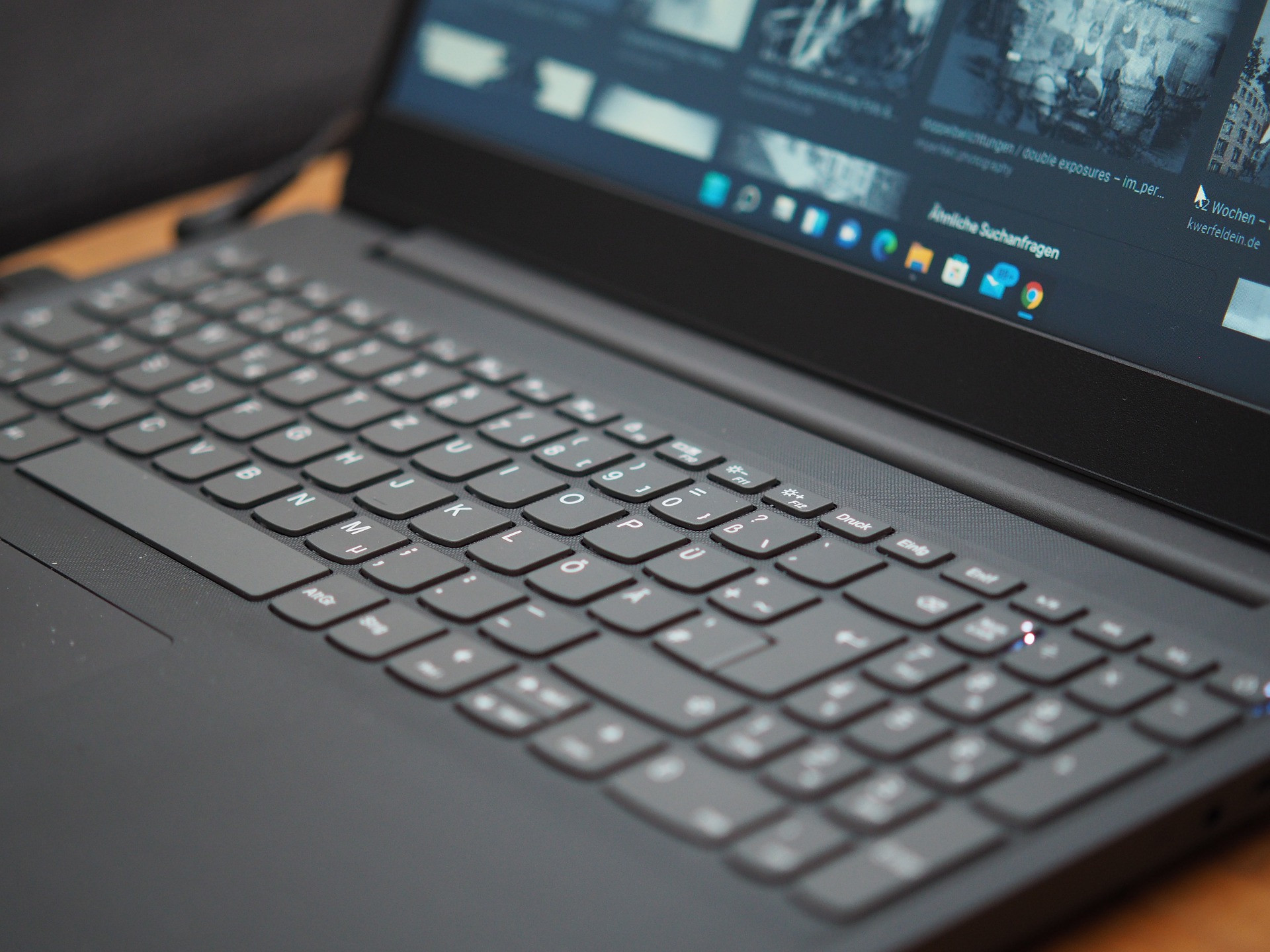In a previous blog, we discussed that Microsoft support for Windows 10 will officially end. Now that the transition is a mere 12 months away, we felt it would be helpful to review the information as it relates to businesses that are still running Windows 10 on their hardware. After all, Windows 10 has been the most popular operating system for the tech titan, and many organizations still rely on the version. How should they proceed before support ends?

Microsoft’s Modern Lifecycle Policy: “Windows 10 will reach end of support on October 14, 2025. The current version, 22H2, will be the final version of Windows 10, and all editions will remain in support with monthly security update releases through that date.” (Source)
When Windows 10 reaches its end-of-support date a year from now, the software will continue to work. However, there will be no new security updates, non-security updates, or assisted support for the version. Users of Windows 10 are therefore encouraged to migrate to the latest version or look into paid programs for applicable products.
Unfortunately, many customers who are currently using Windows 10 are doing so on hardware that will not meet the strict hardware compatibility requirements of Windows 11.
In other words, if you try to upgrade your existing Windows 10 PCs to Windows 11, you’ll be met with an error message. If you are the employee responsible for the upkeep of Windows 10 PCs – that are not compatible with Windows 11 – you have five options to choose from.
- Do Nothing: There is always an option to ignore the warnings and do nothing. You can continue running the operating system unsupported and keep your fingers crossed. However, that strategy exposes companies to the very real potential of a security breach. This is obviously not recommended, but if you do choose to take your chances, consider installing the 0patch agent – which is free for personal use, but there is a small monthly charge for business or enterprise use and support.
- Purchase a New PC: While Microsoft would no doubt like to see all Windows 10 users purchase a new PC, you may not want to throw away a perfectly functional computer (or an entire building full of them.) You also may not be able to make the move, if you operate on mission-critical software that is incompatible with Windows 11.
- Investigate Linux: For those who have technical expertise in-house – or can pay for it – you can keep your hardware and replace Windows 10 with Linux. But while this option may present a good way to repurpose an old PC, it may be unrealistic for most businesses with existing investments in Windows software.
- Pay for Security Updates: Microsoft will continue developing security updates for Windows 10, but they will no longer be free. Microsoft announced in December 2023 that it will offer Extended Security Options (ESUs) for Windows 10; these subscription-based updates will be available for up to three years. In April 2024, Microsoft unrolled its pricing for the ESUs. Business customers are likely to find out that their allegiance to Windows 10 is expensive. A license for the Extended Security Updates (ESU) program is sold as a subscription. For the initial year, the cost is $61. However, in year two, the price doubles – and it doubles again for year three, totaling $427 for a three-year ESU subscription.
- Upgrade your ‘Incompatible’ Hardware: While the compatibility checker might declare that you can’t upgrade your Windows 10 PC to Windows 11, but there are ways to bypass those restrictions – and they are supported as well. However, you will need to have access to some technical expertise. PCs that were originally designed for Windows 10 require a small registry edit and then make sure that your PC is configured to use Secure Boot with the Trusted Platform Module (TPM) enabled. For older PCs that were originally designed for Windows 7 or Windows 8.1, a third-party tool can be used to bypass installation issues.
Alliance IT has the expertise and knowledge to help you during this time of transition. Call today to learn more about your options, and let’s discuss how we can help.
